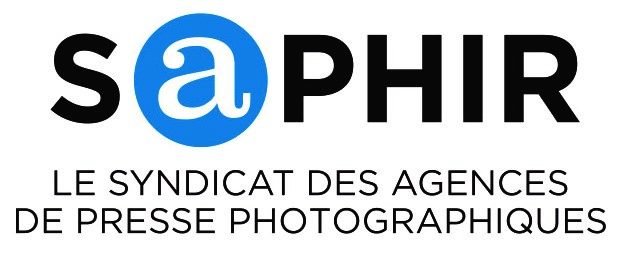The German Supreme Court has recently referred to the CJEU (Court of Justice of the European Union) in a case that will add to the plentyful jurisprudence on “Framing”.
The Germans collecting society for visual arts, VG-Bildkunst, is hopeful that the decision of the CJEU will allow rights holders to request the implementation of technical protection measures against “Framing” on websites. Going forward Bildkunst demands that the German government expressly calls for the revision of the legal rules governing “Framing”.
The German Digital Library/ DDB is an institution with the goal to “offer everyone unrestricted access to Germany’s cultural and scientific heritage“. It is an accredited aggregator to Europeana since 2012.
The German Digital Library sought to be granted a license by collecting society for visual arts VG Bild-Kunst. Bildkunst insisted on the implementation of technical measures against framing.
“Framing” refers to a technique frequently used on the World Wide Web. The frames is a part of a web page or browser window which displays content by referring to URL addresses that may be situated on other pages on other sites on the Internet. From the perspective of the website visitor, there is no difference whether the content is an integral part of the website or is being linked (in-linked, deeplinked, hotlinked) from another website. Also image search engines such as Google or Bing Image search use the framing technique to display pictures in their browsers.
EU jurisprudence places framing as one of the possible forms of linking, on equal terms with ‘normal’ hyperlinks i.e. out of the scope of copyright protection.
Bildkunst insisted on the importance of technical measures against framing in order to avoid the loss of control over the works by their members. The German Digital Library for their part put forward that collecting societies have an obligation to provide them a license and this obligation precludes any kind of restrictions. In order to conclude the matter both organisations agreed to file a model lawsuit.
In appeal of a first judgement by a District Court, the German Supreme Court has now referred to the CJEU to clarify whether a contractual obligation in this sense would be contrary to EU law and jusrisprudence.
Does the embedding of a work available on a freely accessible Internet site with the consent of the right holder by way of framing, constitute a communication to the public of the work within the meaning of Article 3 (1) of Directive 2001/29 / EC, if this happens upon circumvention of protective measures against framing that the right holder has taken or initiated?
Why this matters
If the CJEU answers yes to this question, right holders would be given the right to request the implementation of framing protection measures to protect their works.
However, and the disagreement between the German National Library and VG Bildkunst is an illustration thereof, there is no guarantee that licensees will accept to implement such, potentially costly, technical measures on their websites.
This is why Billdkunst goes further. In the context of the hearing on the current CJEU procedure, they demand that the German Government expressly calls to abandon the “misconceived concept of the “new public”, at least for licensed works, and allow authors to differentiate each use of their works on the Internet: toleration, licensing and possibly banning. This would allow them to make agreements with each singe users on the use of their works without the need for a license to build a “wall”, without which they completely lose control.“
BVPA, CEPIC and other organisations in the visual field support this endeavour with EU-wide implications.
A ruling is not expected until spring 2020 at the earliest.
(sf)
















